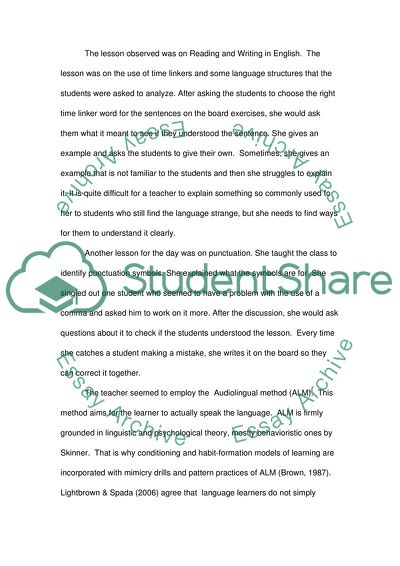Cite this document
(Observing a Class Learning Reading and Writing Assignment, n.d.)
Observing a Class Learning Reading and Writing Assignment. Retrieved from https://studentshare.org/education/1773710-report-classroom-observation
Observing a Class Learning Reading and Writing Assignment. Retrieved from https://studentshare.org/education/1773710-report-classroom-observation
(Observing a Class Learning Reading and Writing Assignment)
Observing a Class Learning Reading and Writing Assignment. https://studentshare.org/education/1773710-report-classroom-observation.
Observing a Class Learning Reading and Writing Assignment. https://studentshare.org/education/1773710-report-classroom-observation.
“Observing a Class Learning Reading and Writing Assignment”, n.d. https://studentshare.org/education/1773710-report-classroom-observation.


